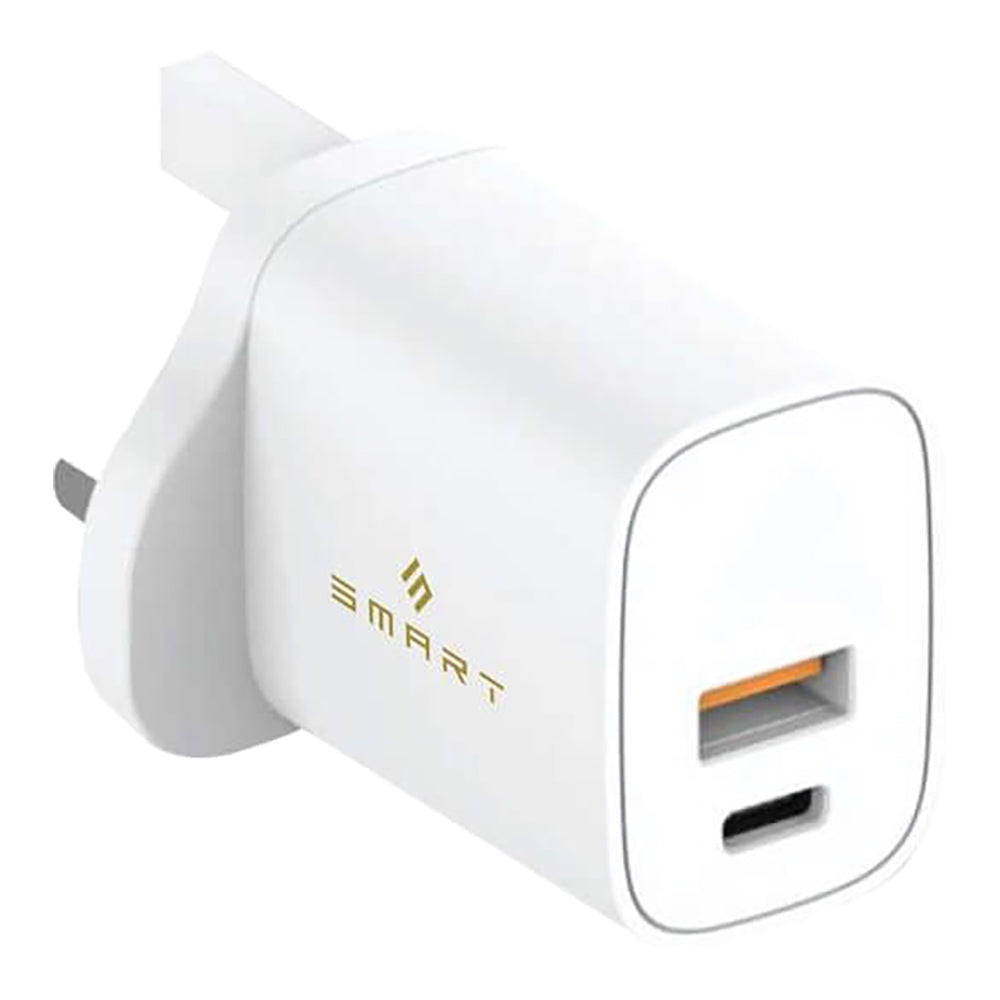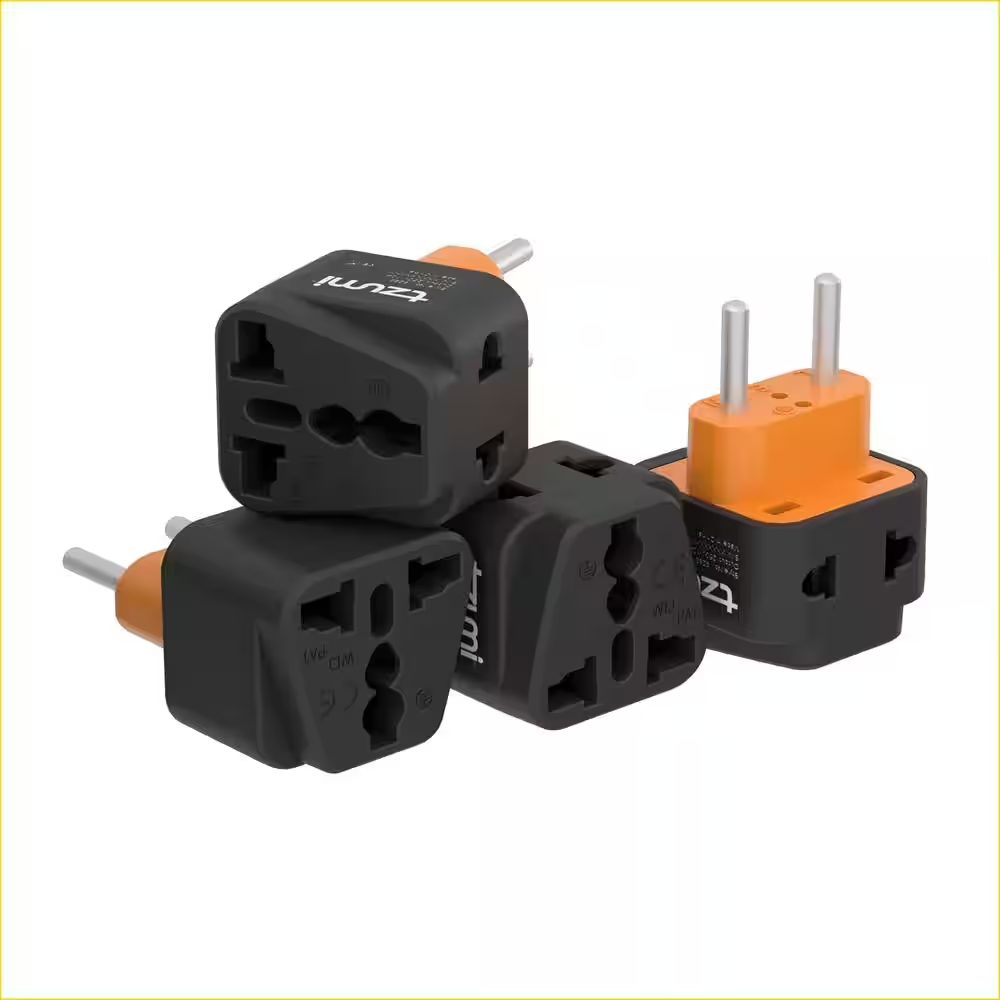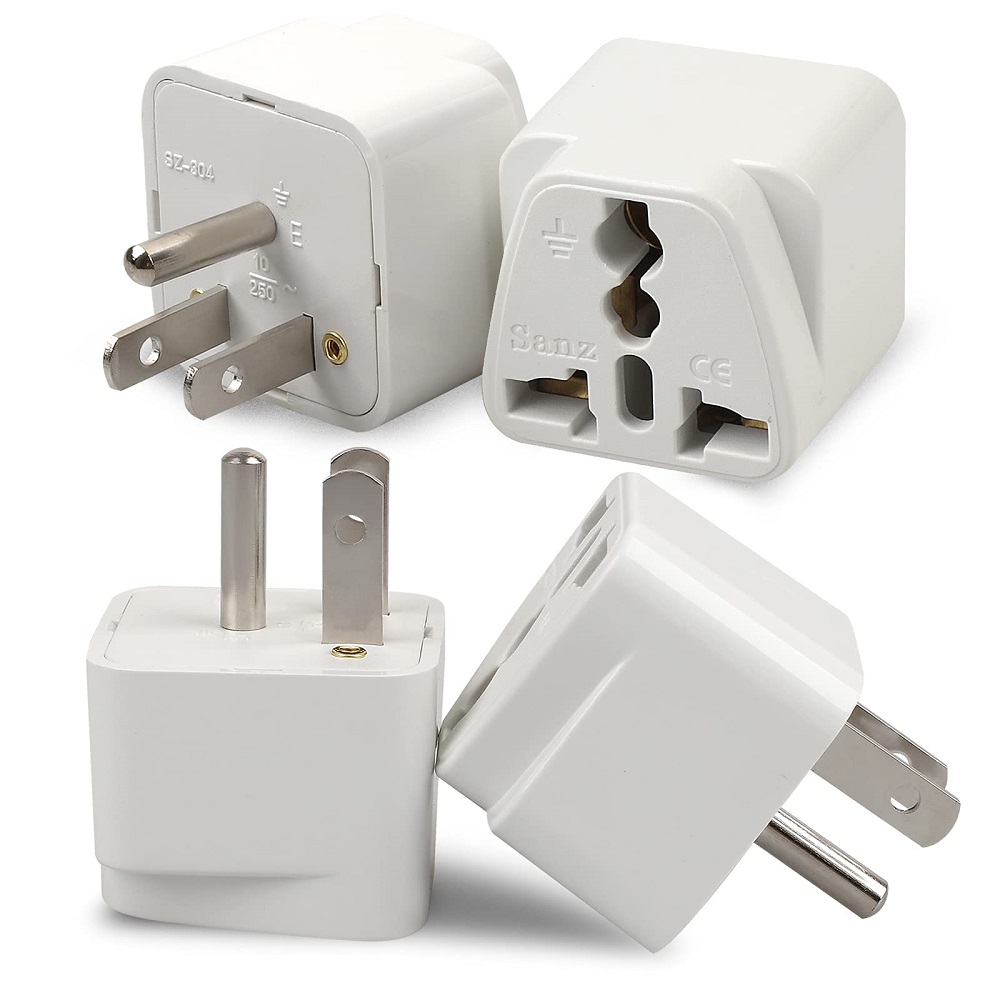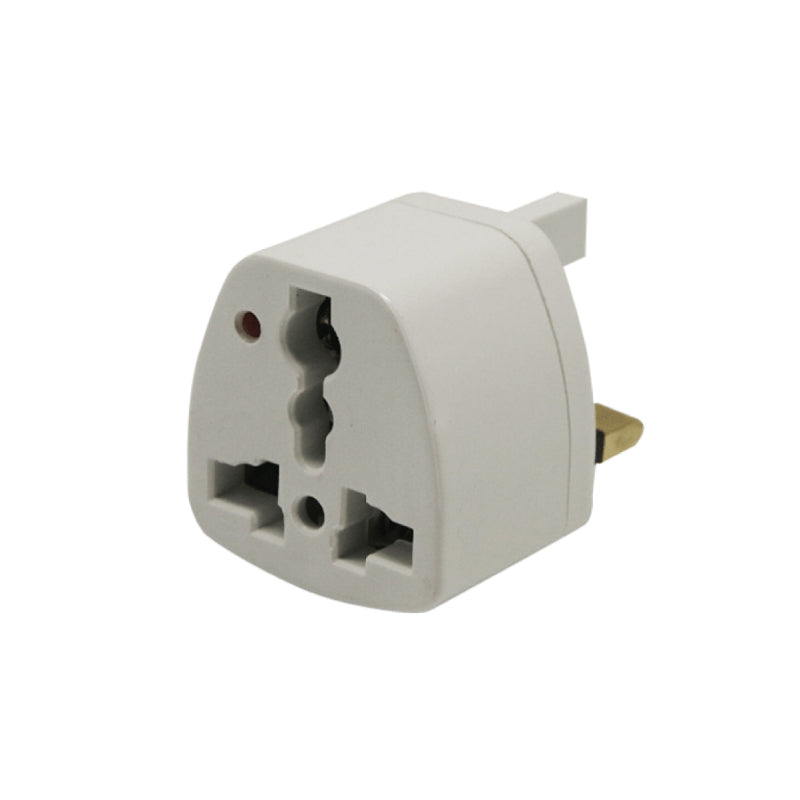In the rapidly advancing world of technology, connectivity remains at the forefront of innovation. As devices evolve, the need for versatile and efficient connectivity solutions grows. Innovative adapters are emerging as essential tools, enabling seamless connections between various devices and addressing compatibility challenges. This article explores the latest developments in connectivity solutions, showcasing innovative adapter that enhance user experience and streamline tasks across different platforms.
The Shift to Universal Connectivity
Understanding Universal Adapters
As technology becomes increasingly interconnected, universal adapters have gained popularity. These adapters enable users to connect different devices without worrying about port compatibility. They combine multiple functions into a single device, allowing seamless transitions between new and legacy technologies. For example, you might find an adapter that includes USB-C, USB-A, HDMI, and Ethernet ports all in one compact solution.
Universal adapters simplify the user experience, particularly for those who regularly switch between devices. This combination of multiple functionalities not only saves space but also reduces clutter by eliminating the need for numerous individual adapters. With travel frequently required for work or leisure, universal adapters cater to the needs of travelers who want to minimize their tech gear.
Trends Supporting Universal Solutions
Several trends drive the rise of universal adapters. As consumers increasingly adopt new technologies, the demand for devices that can work with existing systems has never been higher. For instance, laptops now come predominantly with USB-C ports, while accessories still utilize USB-A and HDMI. By offering universal solutions, manufacturers meet the needs of users who want flexibility without sacrificing functionality.
Moreover, businesses are embracing universal adapters to facilitate collaboration in varying environments. Whether in conference rooms, co-working spaces, or home offices, versatile connectivity options enhance productivity and user satisfaction by ensuring that everyone can connect their devices easily, regardless of type or make.

USB-IF’s SuperSpeed Specification
Introducing SuperSpeed USB
The USB Implementers Forum (USB-IF) continuously evolves USB technology to improve functionality. In recent years, the introduction of SuperSpeed USB (USB 3.0 and above) has transformed the way users interact with connected devices. This upgraded standard offers significantly faster data transfer rates, reaching up to 20 Gbps with USB 3.2 and even higher with USB4.
SuperSpeed USB adapters support enhanced performance for a wide range of applications, including video streaming, file transfers, and charging. Users updating their devices will notice a significant difference in speed when using SuperSpeed adapters compared to older standards. This innovation allows for a more efficient workflow and a better experience overall, particularly for creative professionals and tech enthusiasts who work with high-resolution media.
The Role of Cables in Performance
While upgrading to SuperSpeed USB offers advantages, it’s important to remember that the quality of cables matters just as much. Poor-quality cables can affect data transfer rates and result in connectivity issues. When using USB 3.0 or 3.1 devices and cables, always ensure compatibility to fully leverage the potential of SuperSpeed capabilities. Many manufacturers are emphasizing not just the adapters but also the accompanying cables, assuring users they can achieve maximum efficiency.
As today’s devices become more reliant on high-speed data transfer, the demand for quality cables and adapters will likely continue to grow. Understanding how these elements work together is essential in maximizing the benefits of advanced connectivity.

HDMI 2.1 Adapters
Exploring HDMI 2.1 Innovations
HDMI has long been the standard for connecting audio and video devices, but HDMI 2.1 is taking it a step further. The latest version of this interface supports significant enhancements, including resolutions up to 8K at 60Hz and 4K at 120Hz. These features are especially beneficial for gamers and film enthusiasts who demand ultra-high-definition experiences.
Innovative HDMI 2.1 adapters enable seamless connections between devices, enhancing overall video and audio quality. For example, a gaming console connected to an HDMI 2.1-compatible TV can deliver stunning graphics and smooth gameplay. This advancement caters to the needs of a new wave of users seeking immersive experiences in gaming and multimedia.
Enhanced Features in HDMI 2.1
Beyond resolution, HDMI 2.1 introduces features like Dynamic HDR and Variable Refresh Rate (VRR). Dynamic HDR improves picture quality by adapting to changing content, while VRR eliminates screen tearing in games, ensuring a smoother experience. When choosing an HDMI 2.1 adapter, look for models that support these features to fully benefit from the technology.
As the demand for higher resolutions and better connectivity increases, HDMI 2.1 adapters become essential for anyone looking to harness the power of next-generation devices. Whether setting up a home theater or a gaming rig, investing in HDMI 2.1 solutions allows users to stay ahead of technological advancements.

USB-C to Ethernet Adapters
The Power of Wired Connections
Despite the rise of wireless technology, wired connections remain invaluable, especially in applications requiring stability and speed. Enter the USB-C to Ethernet adapter, which provides a reliable connection to networks while overcoming the limitations of wireless interfaces. This adapter is particularly useful in environments where a stable internet connection is crucial, such as during online gaming, video conferencing, or extensive file downloads.
USB-C to Ethernet adapters cater to devices that prioritize sleek design over port diversity. Many modern laptops and tablets forgo Ethernet ports in favor of slim profiles, but this doesn’t have to be a limitation. These adapters allow users to connect to the web through direct Ethernet links, ensuring they can maintain high speeds without lag, regardless of their device’s size and design.
The Future of Connectivity with USB-C
As USB-C becomes the new standard across various devices, its versatility comes into play. The same port that allows for high-speed data transfer and HDMI output can also connect to Ethernet networks. This multifunctionality makes USB-C to Ethernet adapters a practical solution that caters to both modern and legacy devices, enabling users to embrace the future of connectivity without sacrificing performance.

Multi-Port Hubs
Maximizing Connectivity Options
Multi-port hubs have become increasingly popular as the number of devices requiring connection has increased. These innovative hubs expand the functionality of a single port, allowing users to connect multiple peripherals simultaneously. A typical multi-port hub might include HDMI, USB-A, USB-C, and sometimes even Ethernet ports in one compact unit.
The convenience offered by multi-port hubs is particularly appealing in environments where multiple devices require seamless connection. Users can link a laptop to various peripherals — like a mouse, keyboard, external display, and hard drive — with only one connection to the laptop. This organization declutters the workspace while maximizing efficiency.
Types of Multi-Port Hubs
When considering multi-port hubs, assess the types of connections you need. Some hubs are specifically designed for travelers, featuring essential ports in compact forms, while others cater to productivity-focused workspaces, including additional features like power delivery or SD card readers. Investing in a hub that aligns with your needs ensures you leverage the full potential of your devices.
As work and leisure activities increasingly blend, the multifunctionality of these hubs will likely shape a new standard for connectivity solutions.

Wireless USB Adapters
Eliminating Cables for Convenience
For those who prioritize minimalism, wireless USB adapters provide a cable-free solution for connecting devices. These adapters operate much like traditional USB connectors but utilize wireless technology, allowing users to connect keyboards, mice, and other peripherals without physical cables. This convenience helps declutter workspaces while enhancing mobility.
Wireless USB technology can significantly improve the user experience, making it easy to share devices across multiple systems. For example, connecting a wireless keyboard to both a laptop and a tablet, can streamline work and recreation for multi-device users. Adopting this flexibility simplifies workflows and transforms spaces into efficient, clutter-free environments.
Battery Life Considerations
While wireless USB adapters offer great flexibility, it’s vital to consider the battery life of connected devices. Some wireless peripherals run on batteries that may require regular replacement, while others may have rechargeable options. It’s important to choose reliable products that don’t compromise on battery efficiency to maintain productivity.
Additionally, understanding power requirements and assessing sleep or power-saving modes can help extend battery life, ensuring the convenience of wireless technology does not come at the expense of performance.
Future Trends in Adapters
Exploring What’s Next
As technology continues to evolve, we can expect innovative adapters to adapt as well. One exciting area for development lies in smart adapters that learn user preferences and optimize connections automatically. For instance, a smart adapter could prioritize data rates based on the application being used, facilitating seamless transitions between high-demand tasks and everyday uses.
Moreover, advancements in artificial intelligence may enable better compatibility checks and troubleshooting features within adapters. Users may soon benefit from adapters that can identify connection problems and suggest solutions, empowering them to resolve issues quickly and efficiently.
Sustainability in Adapter Design
Another trend involves sustainability in adapter production. As awareness of environmental issues rises, many manufacturers are focusing on creating adapters that use recycled materials or designs that minimize energy consumption. This focus drives innovation while addressing the growing consumer demand for environmentally friendly technology solutions.
As technology continues to advance, the future of connectivity will bring enhanced flexibility, improved user experiences, and increased environmental consciousness. Staying informed about these trends ensures you select the best innovative adapters that suit your needs while forward-thinking for the future.
Conclusion
Innovative adapters represent a significant advancement in connectivity solutions. With the emergence of universal adapter, advancements in USB and HDMI technology, and the growing popularity of wireless options, users now have access to unparalleled flexibility and performance. Understanding the various types of adapters available and their applications allows tech enthusiasts to harness the full potential of their devices.
As we move forward, keeping an eye on evolving trends will ensure users remain informed and ready to adapt. The right adapter can streamline workflows, enhance productivity, and create a seamless user experience, regardless of your tech preferences or requirements. Embrace the world of innovative adapters and empower your connectivity strategies, making technology more accessible and efficient for both personal and professional environments.
